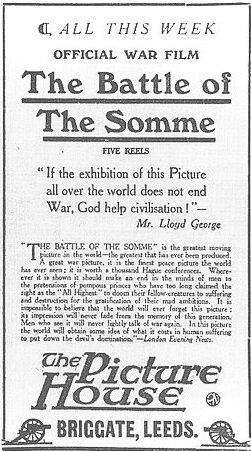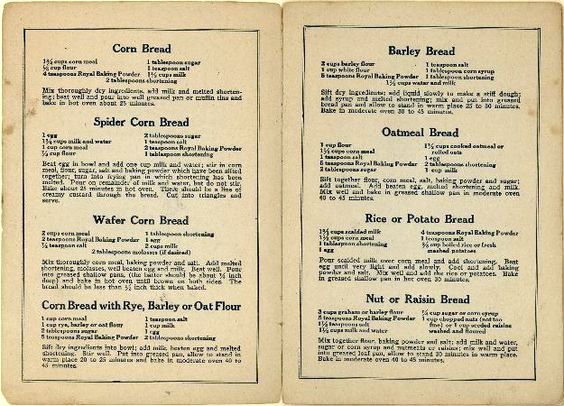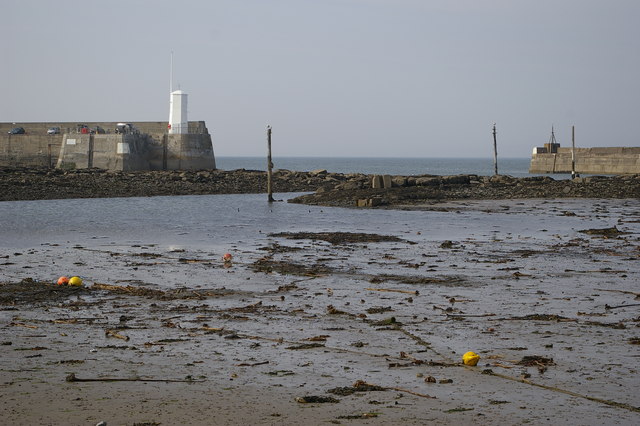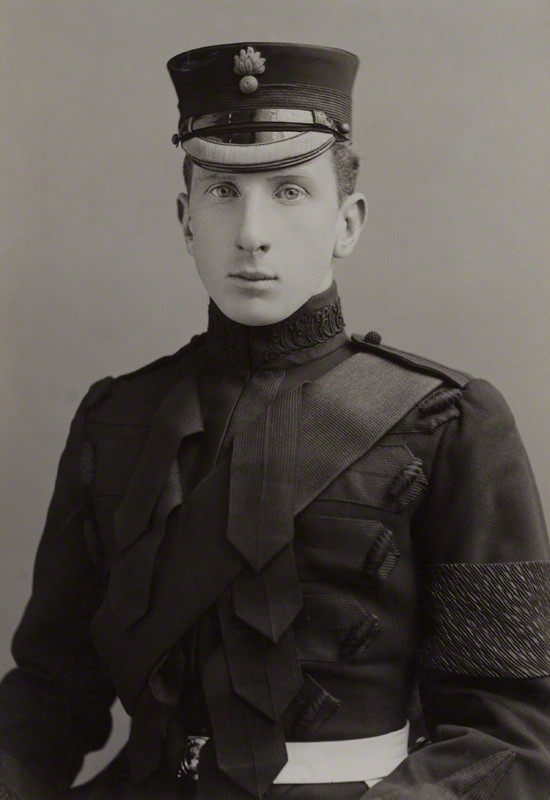
VIOLENT THUNDERSTORM
GARDNER KILLED BY LIGHTNING AT ORD
A RELATIVE OF GRACE DARLING
A thunderstorm of a violent character prevailed round the Border district on Friday afternoon and evening doing considerable damage to crops and being responsible for the tragic death of Mr George Horsley, a jobbing gardener, aged 66, residing at East Ord.
I was between half-past five and six o’clock when Horsley left his house to go for milk to the farm of Ord Mains. It was thundering heavily, but as the storm appeared to be still some distance off, no danger was feared. Five minutes later, Mr Robert Aire Horsley, the brother of the deceased, was summoned by Mr Wm. Gilchrist, farmer, who said he had found the unfortunate man dead on the road.
HOW THE BODY WAS FOUND
The brother hurried to the scene and in the centre of the road leading to the farm they found the body lying face downwards. It was almost naked, but a few tattered portions of garments remained and were smouldering. The boots were torn from the feet, the uppers being thrown to either side of the road, and the soles being found nearly 100 yards away. The deceased’s watch which was found near the body looked as if it had been struck with a sledge hammer. The winding screw was torn off, the back of the case badly dented, the works fused, and the pointers and glass smashed. It appeared as if Horsley had been struck by the lightning on the crown of the head, for there was a circular burn and the face was badly marked and burned.
Death, to all appearances, had been instantaneous. The police were communicated with, and a subsequent medical examination went to prove that the unfortunate man would never have suffered.
A RELATION OF GRACE DARLING.
George Horsley, the victim of this sad occurrence is the eldest son of the late Mr George Horsley of Bamburgh, a full cousin of the heroine of the Longstone, Grace Darling. The sensational rescue performed by the gallant maid, when the paddle steamer Forfarshire was wrecked during the gale on the Goldstone Rock, is almost history. How she braved the dangers of the Island channels in the small cobble manned by herself and her father has found its place in song and story. Her early death from a lingering disease was regretted by the nation. The only surviving son of the family, Mr R. A. Horsley, has in his possession several relics and personal belongings of Grace Darling, including the flag of the “Forfarshire.”
The family record of the Horsley’s seems to be interwoven with tragedy. Many years ago, Richard Horsley, a brother, accidentally fell in front of a traction engine and was killed. The old mother died from shock when the body was brought home, and the two were buried on the same day. Grace Darling Horsley, the only daughter of the family died infancy.

We understand that Coroner Percy, having heard the report of P.C. Richardson, Ord, and considered the circumstances of the case at the inquest held without calling a jury, was satisfied that death resulted from Horsley being struck by lightning.
NOTES FROM SPITTAL
A most enjoyable outing was spent at the Chain Bridge on Thursday afternoon by the members of St Paul’s Church Choir, Spittal, and several friends. The party, which numbered about 40 went by motor boat. The trip was splendidly organised by Mr S Brown, organist of the Church.

Great praise is due to Miss M. N. Boston in the manner the catering was carried out, assisted by other ladies of the choir. Owing to the weather being wet, tea was served in the Shiel. Games and races were indulged in until time for leaving. On returning to the station the party was headed by a piper, and left Velvet Hall station for home after spending a very pleasant afternoon. The company arrived at Spittal about 9pm.
ROWING
BERWICK REGATTA
The prospectus has now been issued for the above event, which takes place on the afternoon of August Bank Holiday, 2nd August. The prospectus is on the same lines as 1914, when the Regatta was last held. The premier event is for the Ladies Plate, a four oared race four senior oarsmen in strake boats. There is another four oared event for maiden oarsmen, the pair oared race for the Marshall Meadows Plate, cutter races for senior and junior oarsmen, and the usual coble races for salmon fishermen. Good support has already been promised. The joint secretaries are Messrs R. D. Harvey and R. P. Campbell.

CREW FOR TYNE REGATTA
Berwick A.R.C. is to be represented by the following crew at Tyne Regatta on Saturday, 17th July: — J. Hutchison (bow), Norman Anderson, E. Soulshy, J. D. Buglass (stroke). It will compete in the race for maiden oarsmen.






